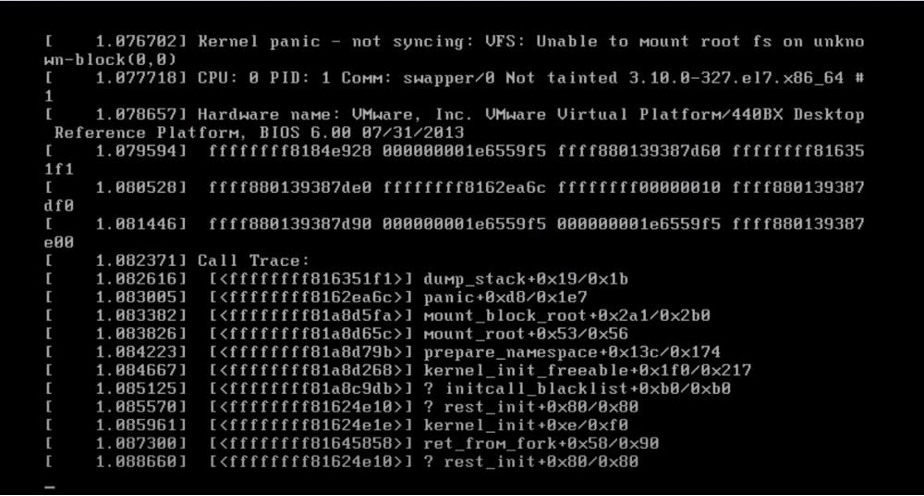Exploring the Causes and Solutions of Linux Kernel Panic
Have you ever encountered the dreaded “kernel panic” on your Linux system? If so, you know how frustrating it can be. In this article, we will delve into the causes of kernel panic and explore some potential solutions to help you navigate through this nerve-wracking situation.
What is Kernel Panic?
Kernel panic is a critical system error that occurs when the Linux kernel detects an unrecoverable problem. This results in the system halting all operations, displaying a cryptic error message, and leaving you scratching your head in confusion.
Common Causes of Kernel Panic
There are several reasons why kernel panic may occur, including hardware failures, incompatible kernel modules, faulty third-party drivers, and corrupted system files. Identifying the root cause of the issue is crucial in finding a solution.
Potential Solutions
1. Hardware Diagnostics
Hardware failures are a common culprit of kernel panic. To rule out any hardware-related issues, run diagnostics to check the health of your system components, such as RAM, CPU, and hard drive.
2. Kernel Updates
Outdated or incompatible kernel versions can trigger kernel panic. Ensure that you are running the latest stable kernel release and update your system regularly to prevent potential kernel-related issues.
3. Driver Updates
Faulty or obsolete third-party drivers can also lead to kernel panic. Update your drivers to the latest versions compatible with your kernel to eliminate any driver-related conflicts.
4. Filesystem Checks
Corrupted system files can trigger unexpected errors, including kernel panic. Run filesystem checks using tools like fsck to repair any damaged files and ensure the integrity of your system.
5. System Monitoring
Regularly monitor system logs for any signs of impending issues that may lead to kernel panic. Keep an eye on critical system parameters, such as CPU temperature and disk usage, to proactively address potential problems.
Conclusion
Dealing with kernel panic can be a daunting task, but armed with the right knowledge and solutions, you can troubleshoot and resolve this challenging issue. By diagnosing the root cause of kernel panic and implementing preventative measures, you can ensure a stable and reliable Linux system.
